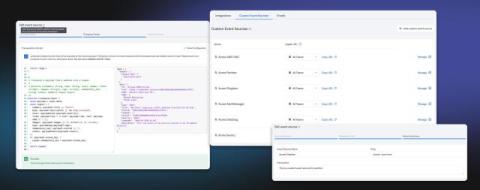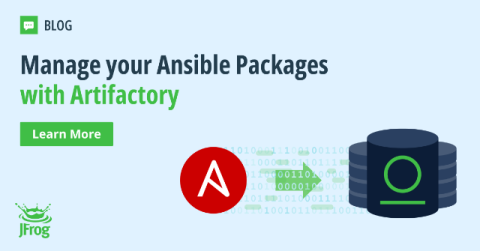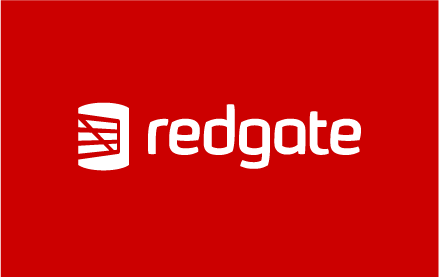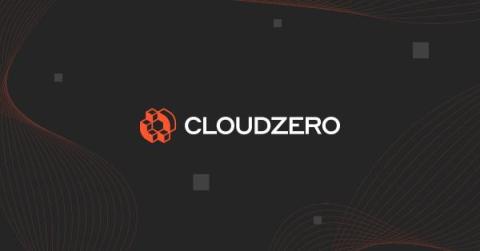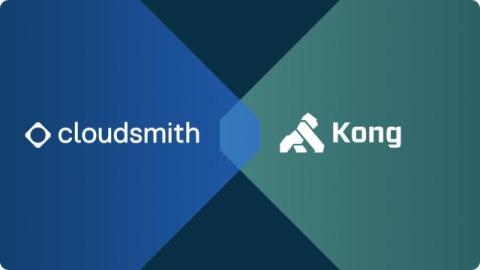Building and Scaling AI in the Cloud: Overcoming Operational Challenges with Kubernetes and FinOps
The rapid rise of generative AI and large language models is revolutionizing industries and transforming how we interact with technology. However, developing and deploying these cutting-edge AI models and applications at scale in the cloud comes with a unique set of operational challenges. In this article, we’ll explore the key pain points teams face when building generative AI and how Kubernetes and FinOps practices can help overcome them.



